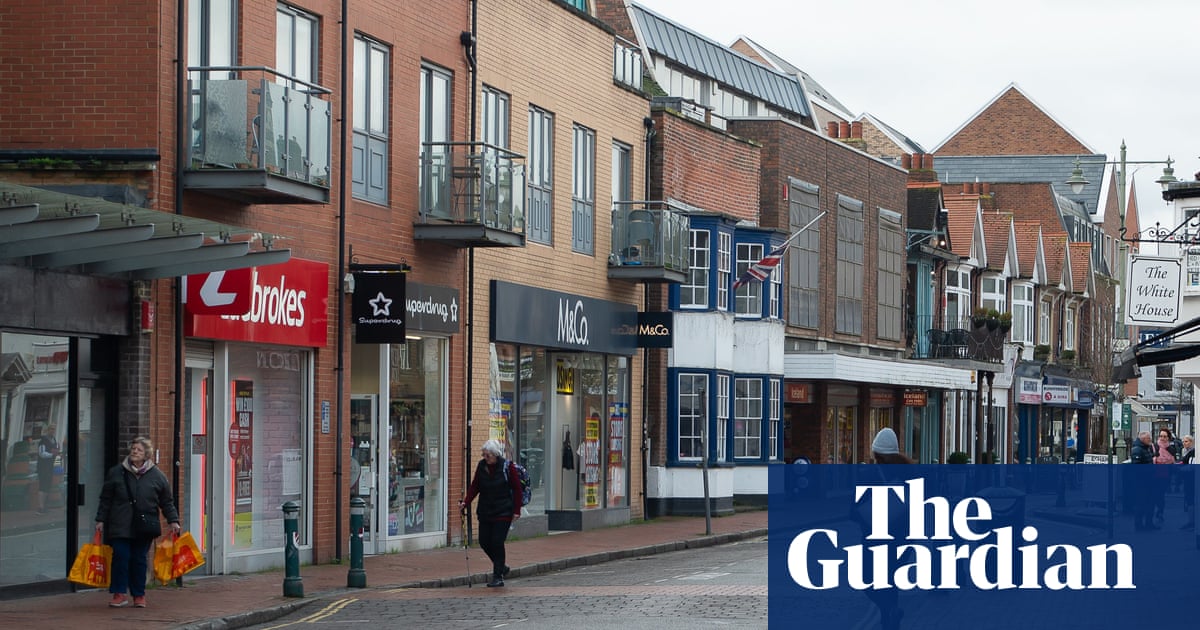
Retailers have failed to benefit from a post-lockdown boost in UK high street activity this year after soaring energy bills and the cost of living crisis forced households to rein in their spending.
Despite an increase in face-to-face shopping after the lifting of Covid 19 restrictions, Barclaycard data released for the whole of 2022 showed retail spending fell 0.8% on the previous year.
The debit and credit card company said the number of transactions was up this year but the highest inflation in four decades had resulted in smaller basket sizes as consumers sought to keep track of their budgets.
Overall in the retail sector there was an increase in the total number of card transactions – up 5% – but the total amount spent was down by 0.8%.
A 33% increase in energy bills resulted in consumers becoming more selective in their spending, with Barclaycard reporting people cutting back on subscriptions and home improvements.
The UK’s annual inflation rate already stood at just over 5% at the start of 2022 but was pushed higher by the impact on gas and electricity bills of Russia’s invasion of Ukraine in February. By November it had more than doubled to 10.7%, slightly below October’s 11.1%.
Overall consumer spending – which includes eating out, stays in hotels and overseas travel as well as retailing – grew by 10.6% in 2022 compared with an increase of 5.9% in 2021, with a 37% jump in spending in restaurants and a 57% increase in spending in bars and clubs. Spending at travel agents was up 190% as pandemic rules that had made holidays abroad harder were eased.
Esme Harwood, a director at Barclaycard, said: “The lifting of all Covid restrictions meant card spending was up overall compared to last year. Hospitality, leisure and travel all received a boost as Brits made up for lost time by socialising with friends and jetting off on holidays.
“However, the cost of living squeeze has clearly impacted the retail sector. Consumers have had to rein in spending on purchases like subscriptions and home improvements, as well as reduce their basket sizes in general.
“As these inflationary pressures continue, all categories are likely to face further headwinds in 2023. However, I am optimistic that both consumers and businesses will continue to find ways to adapt and respond to these challenges, as they did throughout the pandemic.”
Spending on groceries was down 0.1% overall compared with 2021, even though the latest data from the Office for National Statistics shows food-price inflation running at more than 16%. Barclaycard said shoppers were paying closer attention to prices, cutting back on one-off treats and opting for unbranded or supermarket-branded versions of popular items.
Harry Wallop, a commentator, said consumers were increasingly conscious about the cost of the items they were buying. “Many are changing their behaviours to monitor their outgoings. As we head into next year, it’s likely that Brits will remain in a similar mindset – keen to conserve their cash where possible but also happy to splash out on items and experiences that give them a boost once in a while.”












